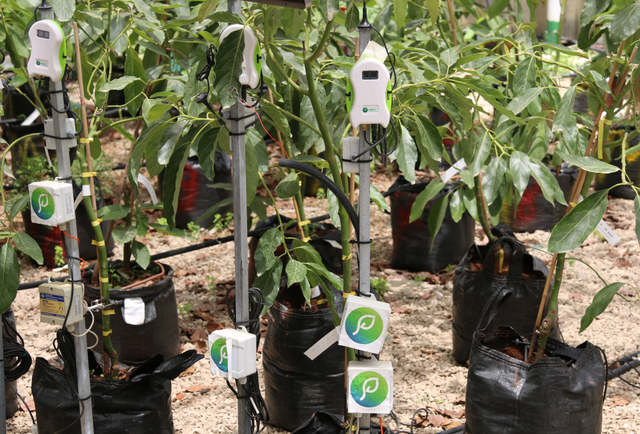Smart farming is going the extra mile for a graying population in Japan, even as the youth shun farming careers.
With the average Japanese farm worker aged 67, the state is turning to smart farming technology to make agriculture productive.
Since 2019, Japan has been tapping the Internet of Things (IoT) and Artificial Intelligence (AI) to collect and analyze farming data. Four years down the line, such technology is helping even inexperienced senior growers utilize water where it is scarce.
Young people are, however, compounding the situation by shunning farm jobs, which has led to a critical shortage of farm labour.
Yet, Japan has managed to post back-to-back record income from agriculture since 2012. The record-breaking year was 2019 when revenue from agriculture, aquaculture and forestry resources hit ¥9.12 trillion ($87.9 billion).
The main reason for these breakthroughs has been smart farming technology. In 2019, Japan’s Ministry of Agriculture, Forestry, and Fisheries kick-started smart agriculture campaigns throughout Japan. Universities, private agricultural firms and farmers’ organisations took the initiative, sparking many pilot projects that are working now.
Smart agriculture in Japan ranges from drone sprayers to robotic tractors and 5G smartphone water management apps.
The next challenge is to surmount the activity barrier of an ageing population and despite this problem, the government intends to rake in ¥2 trillion in 2025 and ¥5 trillion by 2020 from agriculture.
How will this happen? After the initial stage in 2019 of fostering digital farming nationwide, the state is now incorporating farming practices driven by IoT insights. It is doing this through technology companies that are promoting sustainable farming.
One of the main focus of IoT will be to mobilise the correct use of water, whose national volume will fall by 39% below demand by 2030.
Japan seeks to use fertigation, an Israeli water conservation technique, to save dwindling water resources. The technique injects the basic minimum of fertilizer and water per plant’s base without wasting it overhead.
As a final breakthrough, the government intends to improve fertigation through light sensors. The sensors will determine the volume of water each soil type requires and hence promote proper drainage.
Tokyo is glad that neighbouring China, Korea and Taiwan are already following Japan’s success by adopting smart farming tech.
In short, from indoor to outdoor farming, smart agriculture is the way out for Japan’s ageing population.
